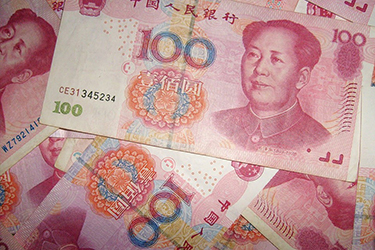Vietnam saw the value of its seafood exports to China fall in the first half of 2019 due to more inspections by Chinese authorities, more competition from Indian and Ecuadorian shrimp, and the steep devaluation of the yuan, China’s currency.
Between January and June, the exports of seafood from Vietnam to China were worth USD 572 million (EUR 510.8 million), down 2.3 percent year-on-year. Of the total, the value gained from shrimp exports was USD 233.5 million (EUR 208.5 million), down 4.9 percent from the first half of 2018; though the export value of pangasius was USD 254.3 million (EUR 227.1 million), up 1.2 percent year-on-year, according to Vietnam Association of Seafood Exporters and Producers (VASEP) on Thursday, 8 August.
The primary reason for the decline is a move by Chinese authorities to tighten the passage of seafood from Vietnam through land borders, and an increased inspection regime for products passing through official channels, VASEP said.
Chinese and Vietnamese authorities have already agreed that seafood exported to China must be produced by companies certified by Vietnam’s National Agro-Forestry-Fisheries Quality Assurance Department (Nafiqad), under regulation from the Ministry of Agriculture and Rural Development. Exporters from Vietnam must present a letter of certification granted by Nafiqad for their cargoes.
Chinese customs officials also demand that seafood from Vietnam must be among 120 species approved to be exported to China. The exporters must also show animal quarantine certificates, certificate of origin forms, and packaging information in English and Chinese. Many Vietnamese exporters were not aware of these updated requirements and have had their goods returned.
VASEP said exporters of dried squid from Vietnam have particularly suffered, as they were told within the past two months that they could no longer ship their products to China because squid is not permitted to be exported through official channels to China.
Even producers that are allowed entry into China are struggling. Vietnamese shrimp are facing fierce competition in China as a large amount of shrimp from India and Ecuador was re-exported to China from Vietnam, said VASEP.
The higher speed of devaluation of the yuan against U.S. dollar in comparison with Vietnam dong against U.S. dollar has also contributed to Vietnam's export difficulties, making Vietnamese seafood more expensive in Chinese market. Meanwhile, India gained an advantage against Vietnam in the shrimp market due to the country's lower production costs. The Indian rupee also experienced high devaluation against U.S. dollar almost as quickly as the yuan has in recent months.
Currently, Ecuador and India are the leading exporters of shrimp to China, with Vietnam ranking sixth.







